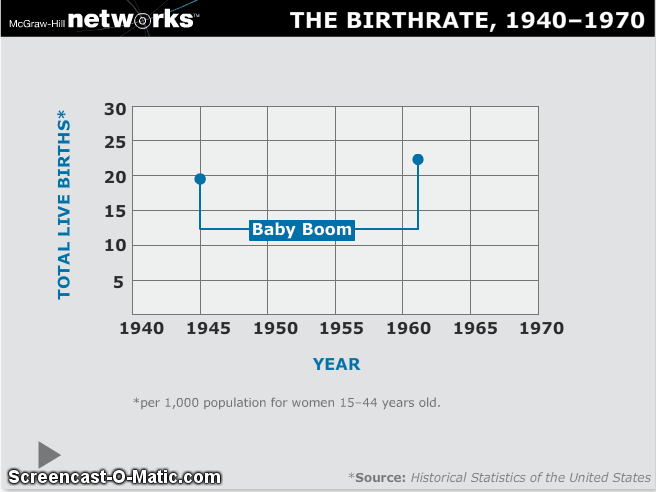

Today’s office space features different generations working together.
In honor of the recent Labor Day holiday, let’s take a look at the various working styles of the three generations who make up the majority of today’s workforce: Baby Boomers, Generation X, and Millenials.
The workplace is often the first environment where people are expected to coexist with people of other ages, sometimes as peers. Differing core values, experiences and skills can cause significant tension if not managed properly.Understanding how people think, work and adapt, however, can create great opportunity.
Certainly whenever you are making generalizations about a broad group of people, the descriptions offered are imprecise. Still, different generations do experience different cultural events and expectations that help shape their unique point of view. From these shared experience, so common elements and personality traits can be suggested.
Generational Differences
There are conflicting opinions on the specific beginning and ending dates of each generation. For the sake of consistency, this article will offer a broad range.
- Millennials (born mid 1980s to early 2000s) If you are reading this in a classroom right now, you’re a millenial. Millenials are said to be easy adopters of all technology. They are more inclined to share personal details about themselves, are not afraid to ask for what they want, and move on easily if they don’t get it. In general, millenials were given positive reinforcement from parents and therefore tend to respect authority figures. On the other hand, they might have been sheltered from disappointment. As a result, others believe millenials are ill-equipped to handle failure. Millenials’ communication style relies heavily on social media, Instant Messaging, and blogs. They embrace the idea of working remotely.
- Generation X (born mid 1960s to early 1980s) A millenial’s parents and older siblings. The name of this group came from a 1991 novel by Douglas Coupland called Generation X: Tales for an Accelerated Culture. Gen Xers have been categorized as independent and resourceful. They were the first generation of children to be largely raised by two working or one single, working parent. Their parents were not, therefore, as involved in their daily activities, having their own job responsibilities. In the workforce, Generation X individuals work well with little supervision. They are generally good at problem-solving. Some believe they have difficulty respecting authority and structure. Critics often labeled them as slackers or whiners. Gen Xers aren’t afraid to embrace technology but also understand the value of speaking face-to-face.
- Baby Boomers (born 1940s to mid 1960s) The baby boomers are most likely your grandparents. These people are called Baby Boomers because there was a noticeable increase in the U.S. birthrate. Many say this was because soldiers were coming home from serving in World War II and eager to start families. Boomers came of age during great cultural and social unrest and tend to have strong opinions. Because of their numbers, they were the first generation analyzed and marketed to by corporations. In the workplace, they tend to have a strong work ethic. They are slower (or more hesitant) to embrace social media, prefer face-to-face or phone communication, and like to keep their professional and private lives separate. They tend to believe that you need to be at your desk to be most effective.
Working Together
Many things have influenced the environment of today’s workforce. Baby Boomers are staying in the workforce past retirement age, while recently-graduated Millenials and members of Generation X laid off in mid-career are still feeling the effects of the recovering economy. Smart companies are working to harness the strengths of each generation to create smarter and more harmonious environments where everyone can thrive.

